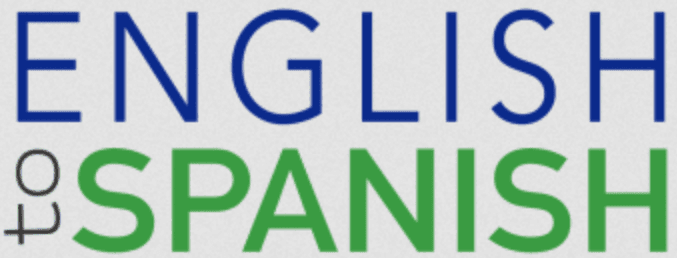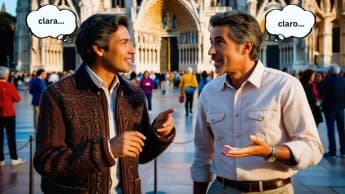"Illuminate your understanding of the nuanced meanings of the Spanish nouns 'clara' and 'claro,' discover their diverse uses, and enhance your language skills with clarity during those darkening nights."
As the nights get longer, let’s shed some light and clarity on the most common meanings of another pair of similar-looking Spanish nouns whose definitions vary based on their endings and gender. These are clara and claro.
Let’s start with the feminine word, clara, which is pronounced as follows:
Under its hard, protective shell, an egg contains both the white and the yolk. Given that the adjective claro often means clear, can you guess which of these is the egg white and which is the yolk?
Yes, clara refers to the egg white (which is clear or transparent until cooked), while yema refers to the yolk:
The egg white makes up 58% of the egg.
The egg white constitutes 58% of the egg.
You beat the white of one egg in a little water.
You whisk the egg white of one egg in a little water.
Put 6 yolks with no egg white in a bowl.
Place 6 yolks without any egg white in a bowl.
In Spain, una clara is also something that you can drink: it’s that mixture of beer and lemonade that in English is called a shandy or a lager shandy :
Would you like to drink a shandy?
Would you like a shandy?
Putting aside egg white and shandy, let’s focus on the similar masculine word, claro, which is pronounced as follows:
When discussing the weather, a claro refers to a period of clearer, brighter conditions; in other words, it denotes a sunny spell or a sunny interval:
The forecast is for dry weather, with clouds and sunny intervals.
The weather forecast is for dry conditions, accompanied by clouds and periods of sunshine.
The downpours alternated with sunny spells.
The rain showers alternated with sunny intervals.
In a wood or forest, claro refers to an area where there are fewer trees: a clearing.
They live in the clearings of the forests, at the edge of paths, and in any open space.
They reside in clearings within the forest, along the edges of paths, or in any open areas.
Claro is used more frequently as an adjective or adverb than as a noun. Can you determine its meaning in the following examples? (Its meaning varies in each case.)
It was clear that Adela understood.
Then he/she saw everything clearly.
Do you like it? — Of course!







